
Our Blog
Use our blog as a resource of information pertaining to lawn and landscape maintenance information and services for your properties.

Use our blog as a resource of information pertaining to lawn and landscape maintenance information and services for your properties.
Who should have aeration done on their home lawns?
You are probably wondering to yourself, “Do I need to have lawn aeration performed on my lawn?”. As a general rule, I recommend aeration to all of my customers whose lawns I manage. Some lawns are in greater need of aeration than others, but it will be beneficial for all lawns. I feel it is part of a complete lawn management program and should be done on an annual basis for most lawns.
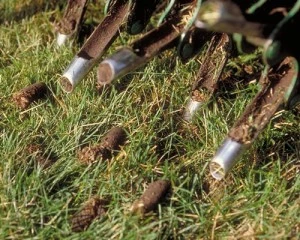 For people that do not know what lawn aeration is, I always mention golf course greens. If you have ever played golf in the fall on most golf courses, you might see all the half-inch diameter holes in the green. These holes are from an aerator, where they have removed the plug of turf and soil from the green. On a golf course these cores need to be picked up because obviously putting would be impossible if the cores were left on the green. Here is an example of what the aerator and the cores look like.
For people that do not know what lawn aeration is, I always mention golf course greens. If you have ever played golf in the fall on most golf courses, you might see all the half-inch diameter holes in the green. These holes are from an aerator, where they have removed the plug of turf and soil from the green. On a golf course these cores need to be picked up because obviously putting would be impossible if the cores were left on the green. Here is an example of what the aerator and the cores look like.
Aeration is basically the process of removing plugs of soil and turf from the lawn. An aerator operates much like a walk behind mower. It travels across the surface of the lawn with 3-4” long hollow tines spaced a few inches apart that pull the soil core out of the ground. Those cores are left on the surface of the lawn to naturally break down. Unlike on a golf green, picking up the cores is not necessary in a home lawn and we actually want the cores to break down and fall back into the...


Hosta growers always seem to have their fair share (or Unfair) share of slugs. In my years in horticulture, I can’t really think of any other plant that gets “slugged” more than hostas, and last year seemed to be a big year for them!
 Slugs are related to snails. Like snails, they need a damp environment to survive. Remember how cool and wet last spring (2013) was? Bad for us, but heavenly for slugs- They thrived during a normal season. Slugs protect themselves from drying out by hiding during the day and feeding at night. The feeding damage appears on the leaves as large irregular holes, making your plants pretty unattractive. There are many different methods you may have heard or read about- suggesting control methods. But you’ve “tried them all”, and can’t seem to find one that truly works right?
Slugs are related to snails. Like snails, they need a damp environment to survive. Remember how cool and wet last spring (2013) was? Bad for us, but heavenly for slugs- They thrived during a normal season. Slugs protect themselves from drying out by hiding during the day and feeding at night. The feeding damage appears on the leaves as large irregular holes, making your plants pretty unattractive. There are many different methods you may have heard or read about- suggesting control methods. But you’ve “tried them all”, and can’t seem to find one that truly works right?
As more than just your typical landscape company, Beautiful Blooms and their team of trained and educated horticulturalists, has advanced in the green industry focusing on sustainability- therefore- chemical reliance is little to none. We suggest you start with the basics. themselves from drying out by hiding during the day and feeding at night.
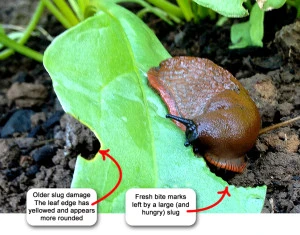 The first thing you do, is clean up your beds and areas around the damaged plants. Eliminate the daytime hiding places for slugs by removing leaf debris, along with things like bricks, boards, or other damp...
The first thing you do, is clean up your beds and areas around the damaged plants. Eliminate the daytime hiding places for slugs by removing leaf debris, along with things like bricks, boards, or other damp...
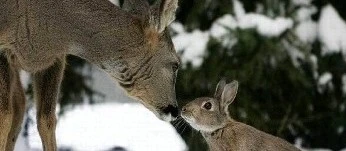 Brewer’s opening day, snow mounds are vanishing, song birds in the morning, & your landscape reveals animal damage from the brutal winter. You have been patiently waiting all winter for your tulips, daffodils, shrubs and trees to flower. Guess what? So have the deer and rabbits!
Brewer’s opening day, snow mounds are vanishing, song birds in the morning, & your landscape reveals animal damage from the brutal winter. You have been patiently waiting all winter for your tulips, daffodils, shrubs and trees to flower. Guess what? So have the deer and rabbits!
Beautiful Blooms encourages BOBBEX applications early in spring, so the tender new growth in your landscape won’t be the midnight snack for the Easter Bunny! It’s a repellent who’s ingredients are safe and natural for humans AND pets; but still disrupts the foraging patterns of deer, rabbits, and other herbivores. BOBBEX will not wash off in the rain, but throughout the spring, it needs to be applied every 10-14 days because of accelerated plant growth.
New growth is delicious!
If you are concerned about animal pressure in your yard this spring, please feel free to contact us, and we can discuss application options, made by yourself, or Beautiful Blooms Landscape & Design, LLC.
BOBBEX Retail Pricing 2014 BBLD / MSRP
2014 Retail
32 oz RTU spray bottle $ 15.00 /$ 20.00
48 oz RTU pump spray $ 24.50 /$ 30.00
32 oz concentrate $ 24.50/ $ 30.00
64 oz concentrate $ 42.00 /$ 50.00
2.5 gallon concentrate $ 160.00 /$ 170.00
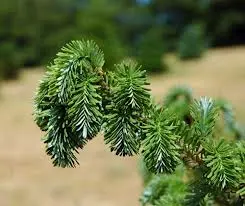 Remember the summer of 2012? Wisconsin along with much of the nation experienced a severe drought. If you were a client of Beautiful Blooms, then you may recall an E-Mail we sent out, suggesting that you forgo setting up the sprinkler to water your lawn and focus on saving your trees and shrubs instead. The reasoning behind this was that you have invested a large amount of time (as in, years!) and money (possibly hundreds or even thousands of dollars) in your mature trees and shrubs and they are not easily replaceable, unlike turf, annuals and perennials. Your loss would be greater if a 35 ft Autumn Blaze Maple were to die than if your Picasso Geraniums died. I’m sure many of you followed her advice, but I’m also guessing some of you did not. And it may be because you simply did not know how to go about it, so let’s address that so the next time we face a drought of that magnitude- and we will- you are prepared to save those trees and larger shrubs!
Remember the summer of 2012? Wisconsin along with much of the nation experienced a severe drought. If you were a client of Beautiful Blooms, then you may recall an E-Mail we sent out, suggesting that you forgo setting up the sprinkler to water your lawn and focus on saving your trees and shrubs instead. The reasoning behind this was that you have invested a large amount of time (as in, years!) and money (possibly hundreds or even thousands of dollars) in your mature trees and shrubs and they are not easily replaceable, unlike turf, annuals and perennials. Your loss would be greater if a 35 ft Autumn Blaze Maple were to die than if your Picasso Geraniums died. I’m sure many of you followed her advice, but I’m also guessing some of you did not. And it may be because you simply did not know how to go about it, so let’s address that so the next time we face a drought of that magnitude- and we will- you are prepared to save those trees and larger shrubs!
Irrigation can account for up to 75% of annual municipal water use (according to a study by the University of Utah) and much of it is applied in excess of a plants needs due to over-spray and improper watering techniques. Proper irrigation encourages deeper root growth which leads to healthier more drought tolerant plants. Trees take up and use a lot of water when the temperature climbs, the problem is that, they do not show wilt as easily as ...
 Picture this: It’s a beautiful, sunny, summer day, and you’re finally sitting down at the dinner table to enjoy a fresh salad with crisp lettuce, juicy tomatoes, crunchy cucumbers, maybe even a few fresh green beans or green onion… and fresh strawberries, raspberries, or apple slices on the side. The best part? All of these fruits and vegetables were grown on your own property.
Picture this: It’s a beautiful, sunny, summer day, and you’re finally sitting down at the dinner table to enjoy a fresh salad with crisp lettuce, juicy tomatoes, crunchy cucumbers, maybe even a few fresh green beans or green onion… and fresh strawberries, raspberries, or apple slices on the side. The best part? All of these fruits and vegetables were grown on your own property.
Whether you have a tiny balcony or patio, or a large back garden, the possibilities and ability to grow your own food is a great project that will reap any rewards! One of the biggest benefits of growing and eating your own food, is that it’s healthy! The fruits and vegetables you grow at home will be more nutritious and healthy for you than the ones you buy at the grocery store because you cannot get any fresher! Not to mention, the produce you pick from your garden will probably not be sprayed with pesticides! Did you know that you are more likely to eat more fruits and veggies if you grow them yourself? Studies have shown that families who grow their own produce are more than twice as likely to eat the recommended 5 servings of fruit and veggies per day, they also enjoy and appreciate them more! That makes sense doesn’t it? You stay healthier by being outdoors more often, getting a little exercise, fresh air, gardening… Believe it or not, you can save money on your food bill too! Produce...
We are presenting 3 distinct options for all of our clients this year when it comes to lawn care. In past years, the request for an “Organic” program has increased dramatically and for various other reasons Loriena has adopted the belief that there are better ways to manage our client’s landscapes rather than just ‘dump chemicals’ on them. However…you will not hear us refer to our programs as “ORGANIC”. The reason is because in the age we live in, that word — “ORGANIC” –now is a legal term defined by our government in such a way that it is highly regulated and therefore limiting. We will be using the words “sustainable”, “moderate”, and “conventional” to refer to various programs. When appropriate, we may use the word “organic” to describe a particular product. For any program that we refer to as “SUSTAINABLE”, we will follow the NOFA Standards for Organic Land Care. If you have questions about this, please contact Loriena.
Take a peak at the chart of information below. Please contact us if you are interested in having us provide a quote for one of our lawn health and care management options. Once the spring weather arrives, we will schedule a time to review your property and proceed accordingly.

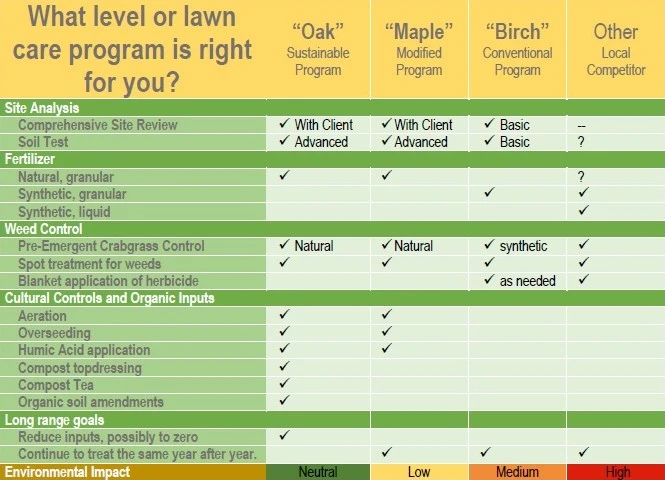

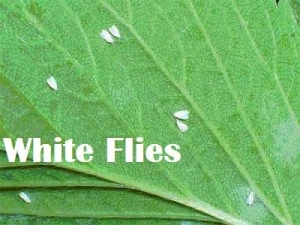 Trees and shrubs are important parts of our landscapes. Trees provide shade and clean the air and shrubs fill spaces throughout our landscapes. If you have evergreen trees and shrubs, you can have color year round! Pests and diseases can be natural risks that come along with them though…While they might not kill the shrubs and trees outright, they can cause extra stress on them, making it difficult to survive during extreme weather such as summer drought and heat. Being an aware and engaged homeowner, may work to your, and your landscape’s advantage.
Trees and shrubs are important parts of our landscapes. Trees provide shade and clean the air and shrubs fill spaces throughout our landscapes. If you have evergreen trees and shrubs, you can have color year round! Pests and diseases can be natural risks that come along with them though…While they might not kill the shrubs and trees outright, they can cause extra stress on them, making it difficult to survive during extreme weather such as summer drought and heat. Being an aware and engaged homeowner, may work to your, and your landscape’s advantage.
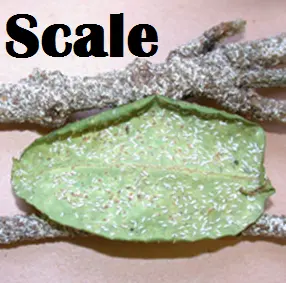 Late spring and early summer is when pests emerge to start feeding. Beetles, mites, caterpillars, scale and white flies can defoliate a tree or shrubs within days. Beetles and caterpillars are leaf-chewing, while mites, scale, and white flies suck the juices from the leaves, flourishing in hot, dry weather. Scale insects produce a sticky substance called “honeydew” that coats objects between the tree/shrubs branches, this sticky film, in turn, holds sooty mold. White flies swarm up in clouds when infested plants are disturbed.
Late spring and early summer is when pests emerge to start feeding. Beetles, mites, caterpillars, scale and white flies can defoliate a tree or shrubs within days. Beetles and caterpillars are leaf-chewing, while mites, scale, and white flies suck the juices from the leaves, flourishing in hot, dry weather. Scale insects produce a sticky substance called “honeydew” that coats objects between the tree/shrubs branches, this sticky film, in turn, holds sooty mold. White flies swarm up in clouds when infested plants are disturbed.
Chemicals aren’t always the best solution when it comes to getting rid of a pest; beneficial insects can also be killed, as we have seen with bees. Let nature help you by finding a predator. Lady bugs, soldier beetles, praying mantis, spiders, and some type of wasps can help keep your landscape...
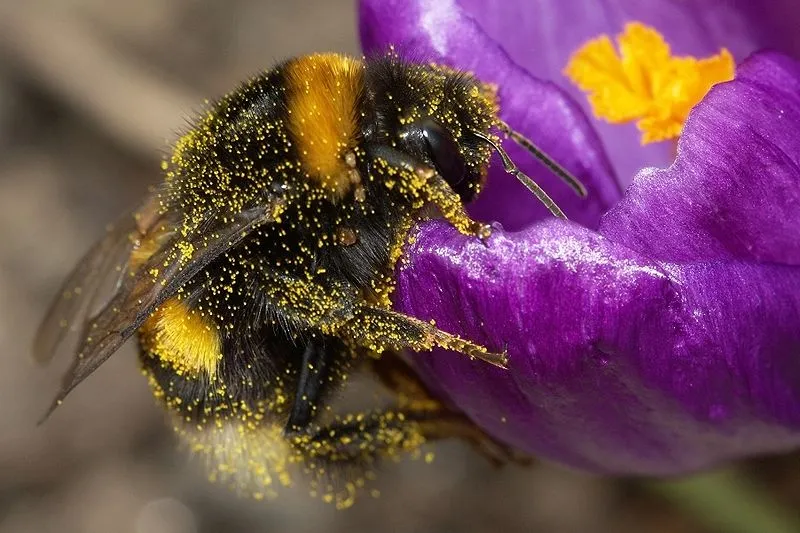 If you are an avid gardener, you know how great it is to have bumble bees in your garden. Not honey bees, but bumble bees. Bumble bees are friendlier than honey bees and typically, will not sting unless they are being handled roughly or harmed. Unlike honey bees, they do not “swarm”, nor do they attack like wasps. They do not live in hives or make large amounts of honey, but they have equally important roles in the ecosystem. This is why we need to attract and encourage bumble bees into our yards.
If you are an avid gardener, you know how great it is to have bumble bees in your garden. Not honey bees, but bumble bees. Bumble bees are friendlier than honey bees and typically, will not sting unless they are being handled roughly or harmed. Unlike honey bees, they do not “swarm”, nor do they attack like wasps. They do not live in hives or make large amounts of honey, but they have equally important roles in the ecosystem. This is why we need to attract and encourage bumble bees into our yards.
Humans have known the value of bees in agriculture for centuries. They are the most effective pollinators in the world and an invaluable resource in agriculture technology. About two-thirds of the world’s crops rely on bees and other pollinators; without them, there would be no fruits or vegetables. As a society, we are just starting to realize their power in bolstering the health and productivity of the home garden. Bees are just too important to be ignored.
By creating a more “bee friendly” yard and landscape, it will be easier for you to attract bees and keep them coming back! Avoid pesticides! Bumble bees, and other pollinators, respond to insecticides and herbicides commonly used for controlling Japanese beetles and Emerald ash borer. Even minimal exposure can cause bees to have problems flying, and they can lose their sense of taste. Planting flowers that...
 One of the first things to do each season is to start with a good spring clean-up; an all-over clean up and review of your lawn & landscape (including plants, shrubs, trees, and their beds). Fallen branches, debris that has been blown in from the neighbor’s yard, and “gifts” the snow plow delivered (chunks of sod, anyone??) all need to be removed. It is a huge part of maintaining a clean, crisp, great looking landscape.
One of the first things to do each season is to start with a good spring clean-up; an all-over clean up and review of your lawn & landscape (including plants, shrubs, trees, and their beds). Fallen branches, debris that has been blown in from the neighbor’s yard, and “gifts” the snow plow delivered (chunks of sod, anyone??) all need to be removed. It is a huge part of maintaining a clean, crisp, great looking landscape.
For starters: Remove debris. Strong winds, heavy snow, and even rain can bring down tree limbs. Twigs, leaves, garbage, and other debris can be blown in from neighboring properties, and then covered up by snow- unbeknownst to you! All these things need to be picked up and removed from the property.
Break up the snow mold on the lawn: When snow lingers on the lawn for too long, especially when the large piles of snow sat for months, the grass can become infected. The best thing to do is lightly rake the area to break up the mold and promote some air flow. The new grass growth will quickly fill in. Problem solved.
Pruning: As soon as the weather begins to warm up in late winter and very early spring, plants should be uncovered (if covering took place at you fall clean up) and any dead dying or broken limbs should be pruned. Roses may also be pruned at this time. The goal is to encourage new growth, and “open it up” allowing air movement and sunlight to...
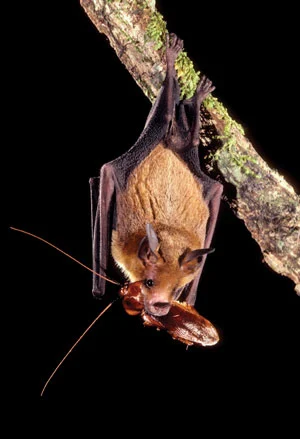 In a blog article I wrote a few months ago I sang the praises of bees, and why they are so important within the ecosystem, why you should want them in your yard, and what you can do to attract them to your garden for pollination. Did you know that bats are important pollinators too? And THE BEST organic pesticide there is? It’s true! Need some convincing? Here it goes.
In a blog article I wrote a few months ago I sang the praises of bees, and why they are so important within the ecosystem, why you should want them in your yard, and what you can do to attract them to your garden for pollination. Did you know that bats are important pollinators too? And THE BEST organic pesticide there is? It’s true! Need some convincing? Here it goes.
For starters, bats are helpful, and not as bad as some make them out to be. They have got an undeserved reputation for being gross. Bats are the only mammals that can truly fly- their wings are actually hands- that have adapted for flight. They are very flexible, and able to move independently, and, as mammals, they actually spend a great deal of time cleaning their fur! Bats have no more incidences of rabies than other mammals, in fact, less than 1% of bats are said to be infected with rabies, and transmission from bats accounts for 1 death per year in the US. (A statistic much less than that of dog bites and lightning strikes. Weary of Vampire bats? Don’t be! Of the 1200+ species of bats in the world, there are only 3 that feed on blood of livestock (by licking, not sucking), and all 3 types live in Latin America. No worries!
The pre-dominant role of bats in the echo-system, is that of insect predators and plant pollinators. In one night, a single bat can eat 3,000-7,000 insects, including mosquitoes. Fruit bats have...
Just complete the form below to get a pricing quote.
